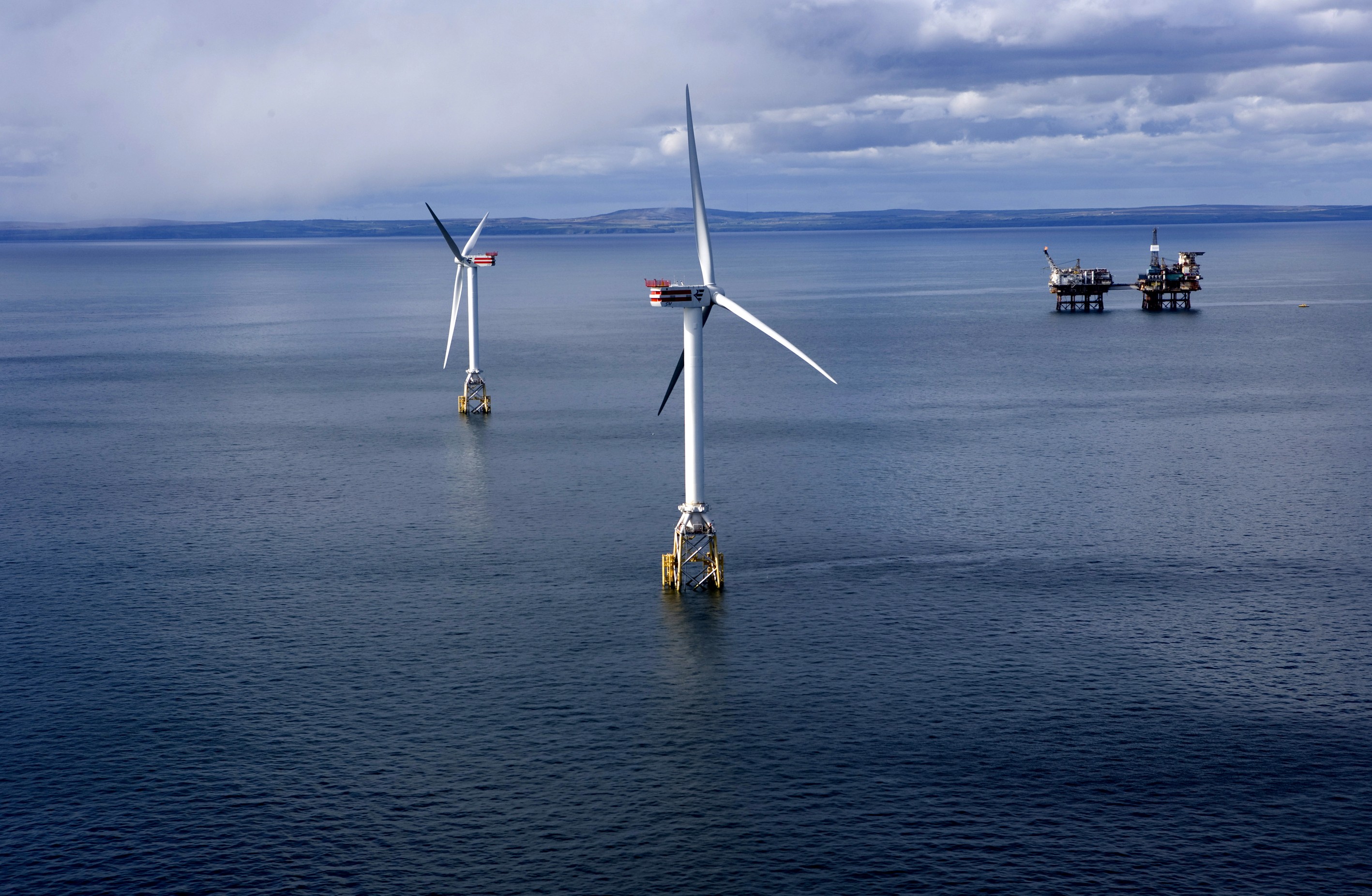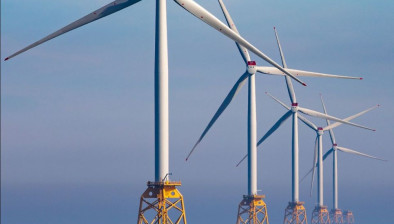New offshore wind leasing opportunity unveiled to help decarbonise North Sea
Crown Estate Scotland has announced the proposed details of its Innovation and Targeted Oil and Gas (INTOG) offshore wind leasing process.

Developers will apply for the rights to build small scale innovative offshore wind projects of less than 100MW as well as larger projects connected to oil and gas infrastructure to provide electricity and reduce the carbon emissions associated with those sites.
Awards will be determined on a largely open auction basis and will be split into two pots - one for smaller-scale innovation projects, and one for larger projects linked to oil and gas infrastructure.
Bids will be judged on a mixture of price and quality, with the bidding window currently anticipated to open in June 2022. The areas of seabed to be made available are set out in the Scottish Government’s Initial Plan Framework, the consultation for which closed in October 2021
Applicants will also be required to submit a Supply Chain Development Statement, outlining the nature and location of any supply chain activity linked to their proposed project.
Colin Palmer, director of marine for Crown Estate Scotland, said: “Following our initial announcement last year, we’re now engaging with industry on how the next stage of the INTOG leasing process will work and what it can achieve.
“This leasing is about creating an opportunity for enhanced roll out of offshore wind technology in Scottish waters. Whilst we recognise it will be for industry and government to take the key steps needed on oil and gas transition, we believe this will provide a step towards progressing that transition to net zero.”
Michael Matheson MSP, net zero and energy secretary, said: “The publication of this Initial Plan Framework is an important milestone in the journey that Scotland’s energy industry is on to transition to net zero. It will help to progress decarbonisation of the oil and gas sector, supporting the delivery of the sector’s decarbonisation targets within the North Sea Transition Deal.
“The INTOG process will also open the door for smaller, innovative offshore renewables projects to demonstrate their technology, such as for green hydrogen, in Scottish waters and offer the potential for clean energy from offshore wind to support North Sea decarbonisation, building on the huge electricity generating potential already identified through the ScotWind offshore wind leasing round.
“As the recent ScotWind announcement has shown, Scotland is at the forefront of offshore wind development globally. As with the ScotWind leasing round, when we progress to the application phase, each applicant will be required to submit a Supply Chain Development Statement (SCDS) which includes commitments which set the anticipated level and location of expenditure during the various stages of their project. We expect engagement from the outset to help deliver supply chain commitments, and whilst these can be updated throughout the development phase, developers will ultimately be held to commitments.
“The Scottish Government’s sectoral marine planning process will ensure that the impact of any future developments on the environment and other sea users is addressed and we will be engaging with communities, environmental interests, and marine industries as we develop these plans.”
A summary of the leasing approach can be found here.
Marine Scotland’s Initial Plan Framework can be found here.
This process is separate to the ScotWind Leasing round for commercial scale offshore wind projects in Scottish waters.
Ben Miller, senior policy manager at Scottish Renewables, said: “This announcement adds further momentum to the offshore wind sector in Scotland, and increases again the size of the supply chain opportunity ahead. Renewable energy must become the backbone of the net-zero emissions economy, so it’s encouraging to see that brownfield site decarbonisation will be prioritised in this process.
“We welcome the alignment with the ScotWind Leasing process in terms of supply chain, which should enable strong collaboration between projects to invest and support Scottish suppliers, and urge The Scottish Government to ensure resources are in place across key bodies to deliver on this ambition.”





















